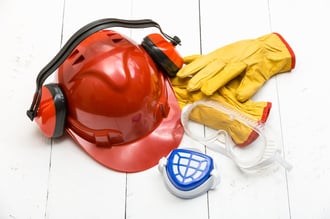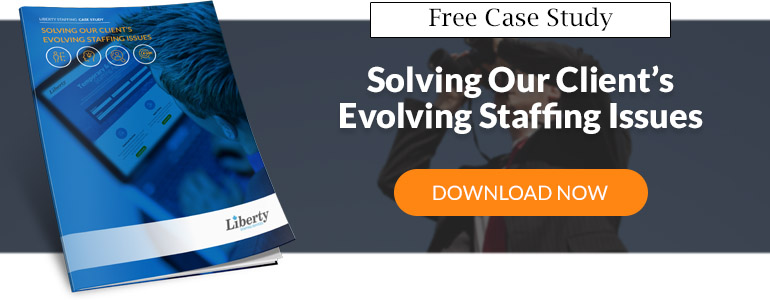 The importance of workplace health and safety cannot be understated. Health and safety orientation for new workers is a critical factor in a business’s health and safety management system. It’s the important process of introducing new, transferred, returning, or inexperienced workers to a safe and healthy workplace for all. Orientation provides the necessary workplace safety information for new employees’ jobs and responsibilities, informs them of their rights and responsibilities, and gives them a chance to ask questions and clarify information.
The importance of workplace health and safety cannot be understated. Health and safety orientation for new workers is a critical factor in a business’s health and safety management system. It’s the important process of introducing new, transferred, returning, or inexperienced workers to a safe and healthy workplace for all. Orientation provides the necessary workplace safety information for new employees’ jobs and responsibilities, informs them of their rights and responsibilities, and gives them a chance to ask questions and clarify information.
Workplace safety orientation and workplace health and safety tips can help new workers identify and control hazards on the job, reduce the risk of accidents and injuries, increase efficiency, while ensuring your company meets legislative requirements.
Follow this short workplace safety guide for new employees to ensure that you’re covering the necessary information in your orientation sessions.
Worker Responsibilities
An important part of workplace safety orientation is instructing new workers on their safety responsibilities. They should know to ask for instruction if unsure, to work safely and to encourage their coworkers to do the same, to correct unsafe conditions or acts, to immediately report injuries or accidents, and to take initiative in suggesting improved health and safety guidelines.
Worker Rights
In addition, workers should know their rights when it comes to workplace safety. The Workers Compensation Act gives them three basic rights: The right to refuse unsafe work if they have reasonable cause to believe that it’s hazardous, without fear of discriminatory action. The right to participate in health and safety activities. And the right to know what hazards are on the job and how they can affect them.
Reporting Accidents, Injuries, Hazards, and Close Calls
New employees must be instructed on the steps to report all accidents, incidents, near misses, and hazards to the supervisor immediately. Accidents and incidents must be investigated to ensure that similar incidents do not occur again in the future. New employees should know to report as much detail as possible, including the time and location of the event, what happened or almost happened, and who was involved.
Responding to Injury
If an injury were to occur, new employees need to know how to respond. Instruct them to call first aid or the supervisor and call 911 if equipped to do so. If not, they should call for help but not leave the injured worker alone. The employees should assess the scene to ensure the area is safe; otherwise, they should move the injured worker to a safer location if possible.
WSIB
If new employees are hurt on the job or have symptoms of a work-related injury or illness, they must know to report it to the employer in order for their employer to submit a WSIB claim and report the illness or injury within three days. They should know that if they are injured on the job, their medical costs and lost wages will be covered and the company has a return-to-work program and will provide meaningful work during recovery.
Personal Protective Equipment
An important part of workplace safety is the use of personal protective equipment, if required for the job. Hardhats must be worn if there is a potential hazard to the head from objects falling or flying or if site specific guidelines require them. Hearing protection may have to be used if there is excessive noise, and eye and face protection should be worn when doing work that causes danger to these areas. Hand protection/gloves should be used to protect hands and arms from injury if new employees are handling materials that are likely to abrade, burn, stain, irritate, cut, or puncture the hands or arms.
Foot protection with steel toe or steel shank design that complies with CSA standards may be required. High-visibility vests, respiratory protection, fall protection, and life jackets could also be necessary.
Keeping all employees safe should be a top priority at your company. New employees are particularly susceptible to accidents and injuries. Follow this workplace safety guide to ensure they’re properly trained to work safely.

